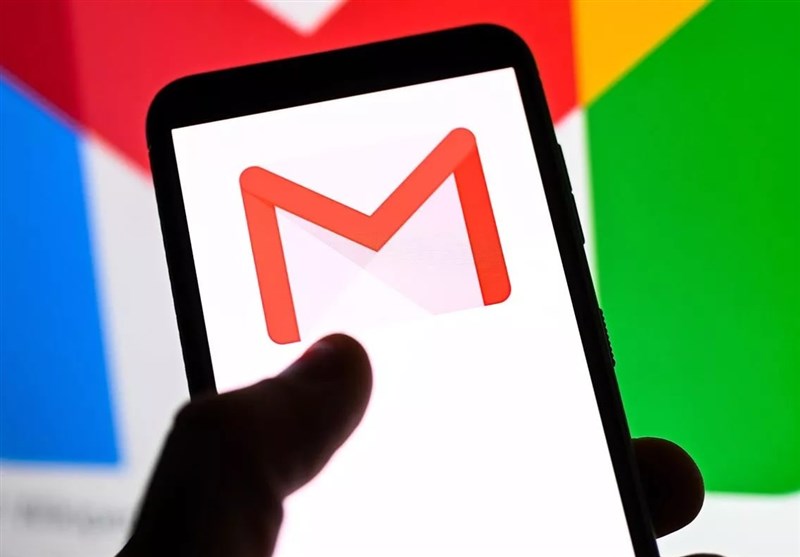Google Sounds Alarm on Advanced Email Scam Targeting Users Through Its Own Platform
Google has issued a critical alert regarding a phishing campaign that exploits its own website-building service, posing a serious threat to the security of its 1.8 billion Gmail users. This new phishing attack cleverly bypasses email security filters, potentially leading to data theft and other malicious activities.
The phishing scheme utilizes Google Sites, a platform that allows users to create websites, to mimic legitimate domain names and trick recipients into divulging sensitive information. This tactic enables attackers to bypass Google’s DomainKeys Identified Mail (DKIM) signature check, a crucial security protocol designed to authenticate emails and prevent scams.
With Gmail catering to over 1.8 billion accounts worldwide, the ramifications of this breach could be extensive if users fall prey to the deception. Phishing campaigns typically aim to extract sensitive information such as passwords, credit card numbers, bank details, or personal data by misleading users into believing they are communicating with a trustworthy source.
Nick Johnson, a cryptocurrency influencer, was one of the first to draw attention to this alarming issue. He shared his insights on Twitter, highlighting the sophistication of the phishing attempt:
“The first thing to note is that this is a valid, signed email—it really was sent from [email protected].”
“It passes the DKIM signature check, and Gmail displays it without any warnings—it even puts it in the same conversation as other, legitimate security alerts,” Johnson stated.
He further described the phishing page, noting, “The site’s link takes you to a very convincing ‘support portal’ page. They’ve cleverly used http://sites.google.com because they know people will see the domain is http://google.com and assume it’s legit.”
Typically, the DKIM system effectively filters out potentially harmful emails, routing them to users’ spam folders before they can inflict damage. However, in this scenario, the phishing emails appear to originate from a trusted source due to the usage of domains hosted by Google Sites.
In response to these threats, a Google spokesperson confirmed the company is actively addressing the situation. In a statement to Newsweek, they said:
“We’re aware of this class of targeted attack from the threat actor, Rockfoils, and have been rolling out protections for the past week. These protections will soon be fully deployed, which will shut down this avenue for abuse.”
To safeguard against phishing threats, Google is urging users to enable two-factor authentication and utilize passkeys. In a separate advisory on its website, Google cautioned users with the following tips:
- Be cautious when receiving messages from sites requesting personal information. Always verify the legitimacy of the site before providing any information.
- Whenever possible, open the site in a new window rather than clicking on the link in your email.
- Remember, Google will never send unsolicited messages asking for your password or other personal information.
Security experts advise email users to remain vigilant in the coming weeks and consistently verify any messages asking for sensitive data. While domain checks can provide some level of reassurance, additional verification measures are now more crucial than ever.
As phishing tactics continue to evolve, users must stay informed about the latest threats and take proactive steps to protect their personal information. By implementing security best practices and being cautious of unsolicited messages, Gmail users can significantly reduce their risk of falling victim to these sophisticated scams.
In summary, the recent phishing campaign leveraging Google Sites underscores the importance of vigilance and proactive security measures. Users are encouraged to stay alert and follow best practices to safeguard their accounts and personal information from potential threats.






